At the end of October, after a long wait, Apple released the long-awaited macOS 12 Monterey to the public. The system brings a number of interesting novelties, specifically moving forward Messages, FaceTime, Safari, bringing focus modes, quick notes, shortcuts and many others. Even here, however, the saying that all that glitters is not gold applies. Monterey also carries with it a number of special problems that prevail in the system until now. So let's quickly summarize them.
Lack of memory
Among the most recent errors is the problem with the label "memory leak” referring to the lack of free unified memory. In such a case, one of the processes uses too much memory as such, which of course affects the operation of the entire system. But the truth is that the applications are not really demanding enough to be able to completely "squeeze" the capabilities of apple computers, but for some reason the system treats them in this way. More and more apple growers are starting to draw attention to the error.
So glad I got 64GB of memory on my new Mac so I can use 26GB of it for control center… Wait… what. pic.twitter.com/inCOPaii1o
— Gregory McFadden (@GregoryMcFadden) October 28, 2021
Complaints are starting to pile up not only on discussion forums, but also on social networks. For example, YouTuber Gregory McFadden shared on his Twitter that the process managing the Control Center takes up a whopping 26GB of memory. For example on my MacBook Air with M1 the process takes only 50 MB, see here. The Mozilla Firefox browser is also a common culprit. Unfortunately, the memory problems don't end there anyway. Some apple users encounter a pop-up window that is supposed to inform about the lack of free memory and prompt the user to close some applications. The problem is that dialogue appears at times when it shouldn't.
Non-functional USB-C connectors
Another rather widespread problem is the non-functioning of the USB-C ports of apple computers. Again, users began to draw attention to this right after the release of the latest version. As it seems, the problem could be quite extensive and affect a relatively large group of apple growers. Specifically, it manifests itself in the fact that the mentioned connectors are either completely non-functional or only partially functional. For example, you can connect a functional USB-C hub, which subsequently works with other USB-A ports, HDMI, Ethernet, but again, USB-C is not possible. The issue will likely be resolved with the next macOS Monterey update, but we have yet to receive an official statement.
Completely broken Mac
We will conclude this article with undoubtedly the most serious problem that has accompanied macOS operating system updates for some time now. The difference this time is that in the past it appeared mainly in older pieces at the border of support. Of course, we are talking about a situation where, due to an update, the Mac becomes a completely non-functional device that cannot be used in any way. In such a case, a visit to the service center is offered as the only solution.

As soon as the apple user encounters something similar, in the vast majority of cases, he does not even have the option to perform a clean system installation or restore from a Time Machine backup. In short, the system is completely broken and there is no going back. This year, however, significantly more Apple users who own newer Macs are complaining about a similar problem. Owners of 16″ MacBook Pro (2019) and others are also reporting this problem.
The question also remains how something similar can actually happen. It is really strange that a problem of such dimensions appears with an excessively large group of users. Apple should definitely not overlook something like this and test its systems a lot more. For many people, their Mac is the main device for work, without which they simply cannot do. After all, apple growers also draw attention to this on discussion forums, where they complain that practically in an instant they lost a tool that practically serves for their livelihood.

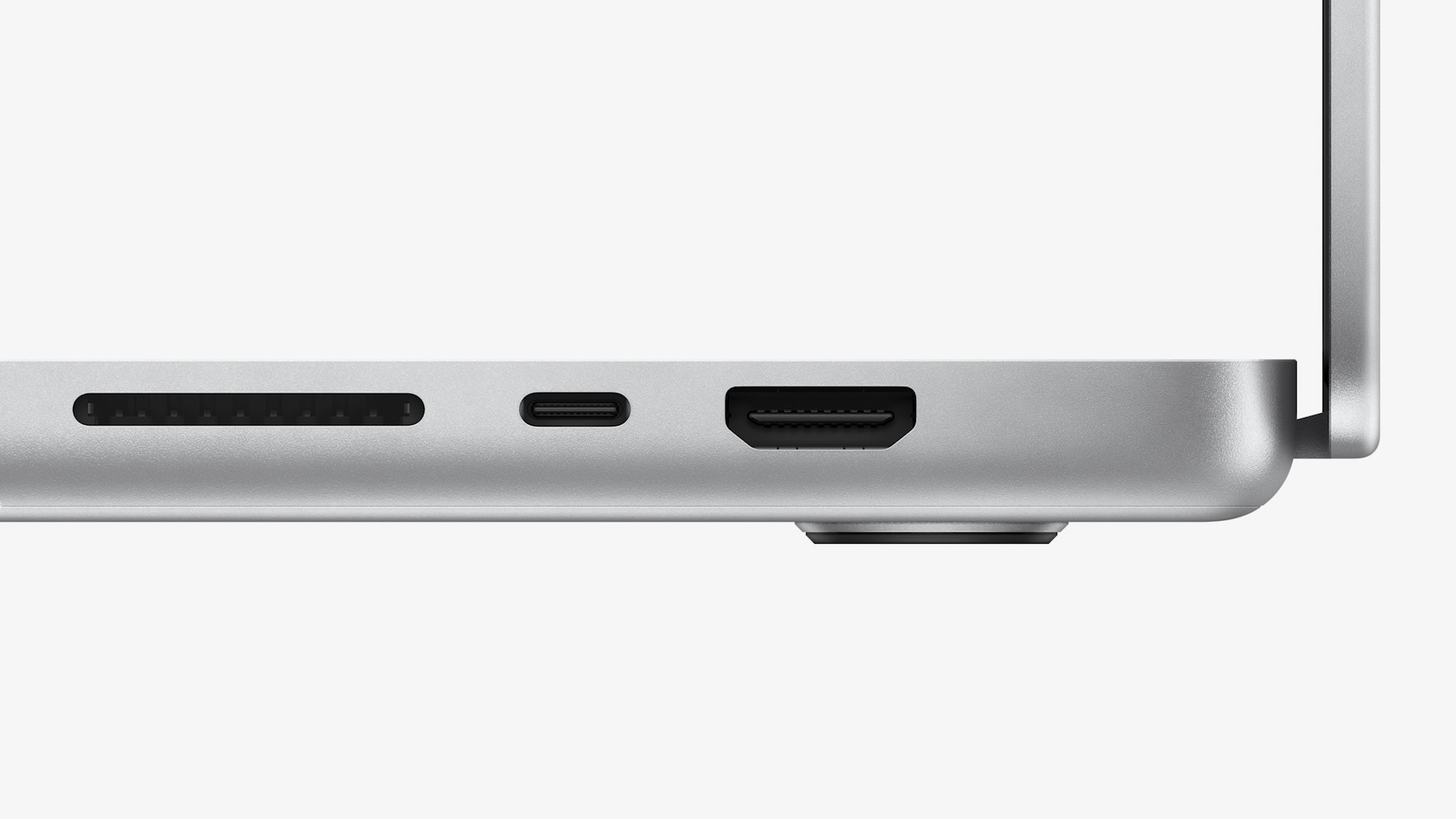
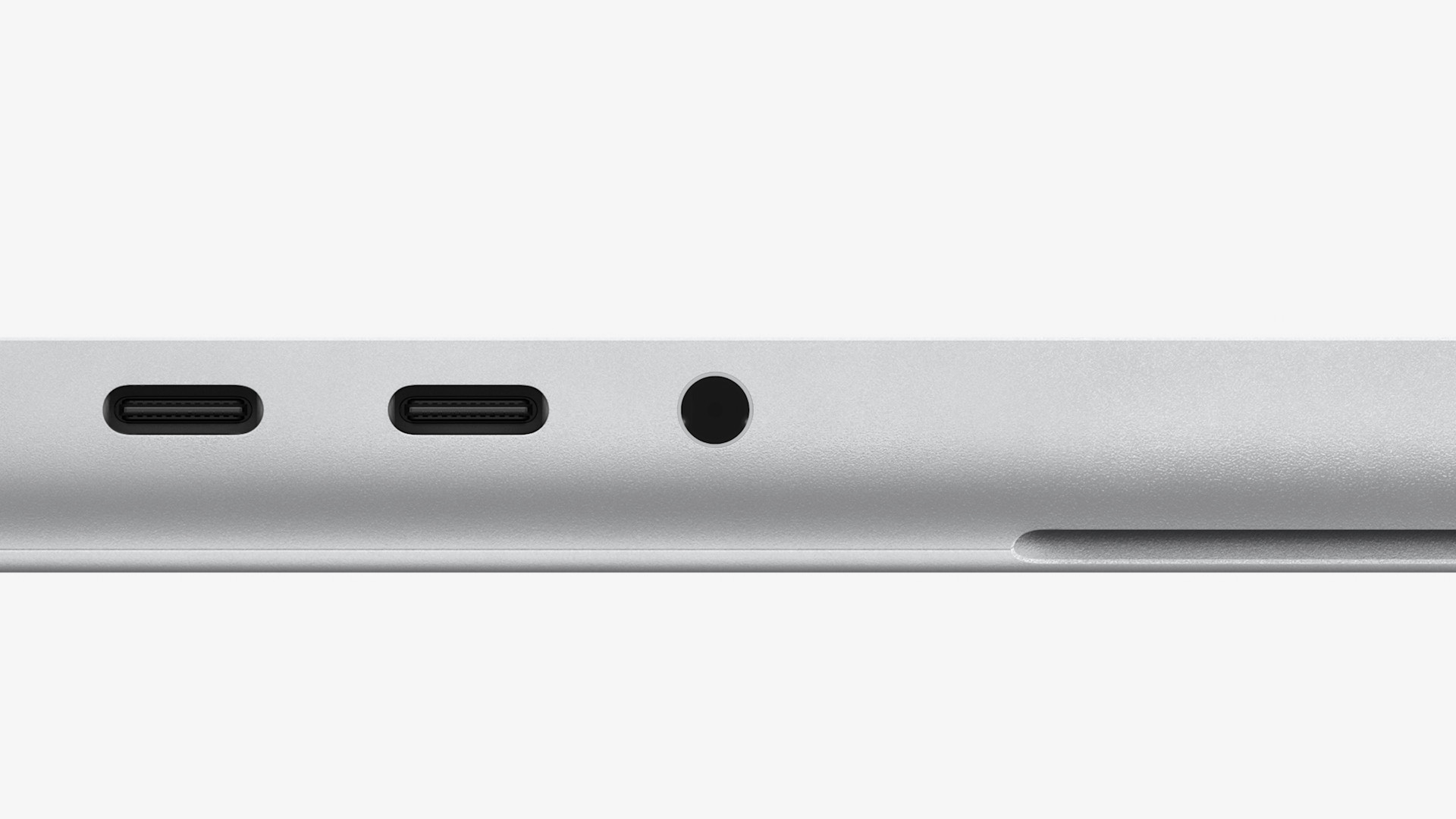
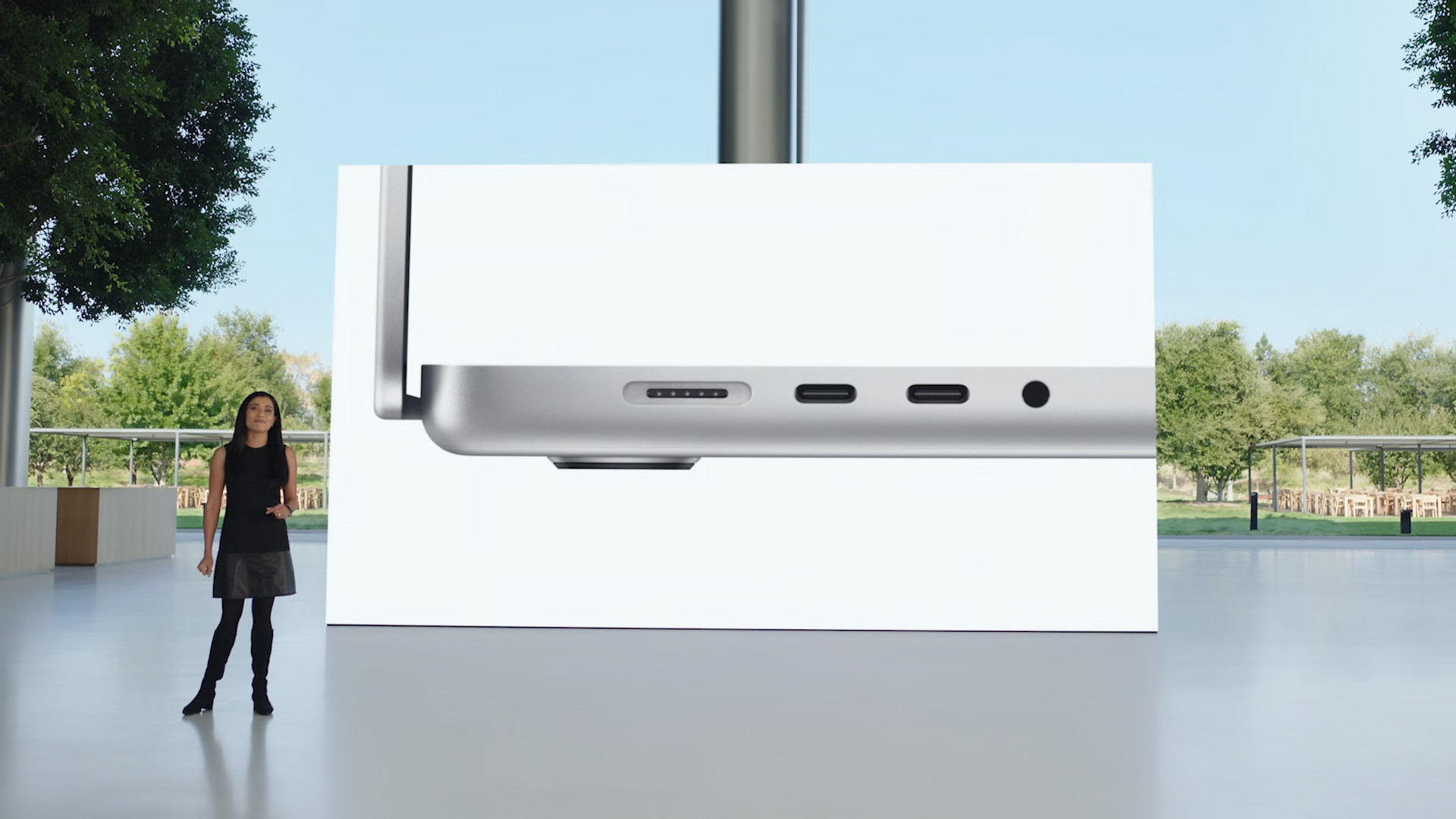
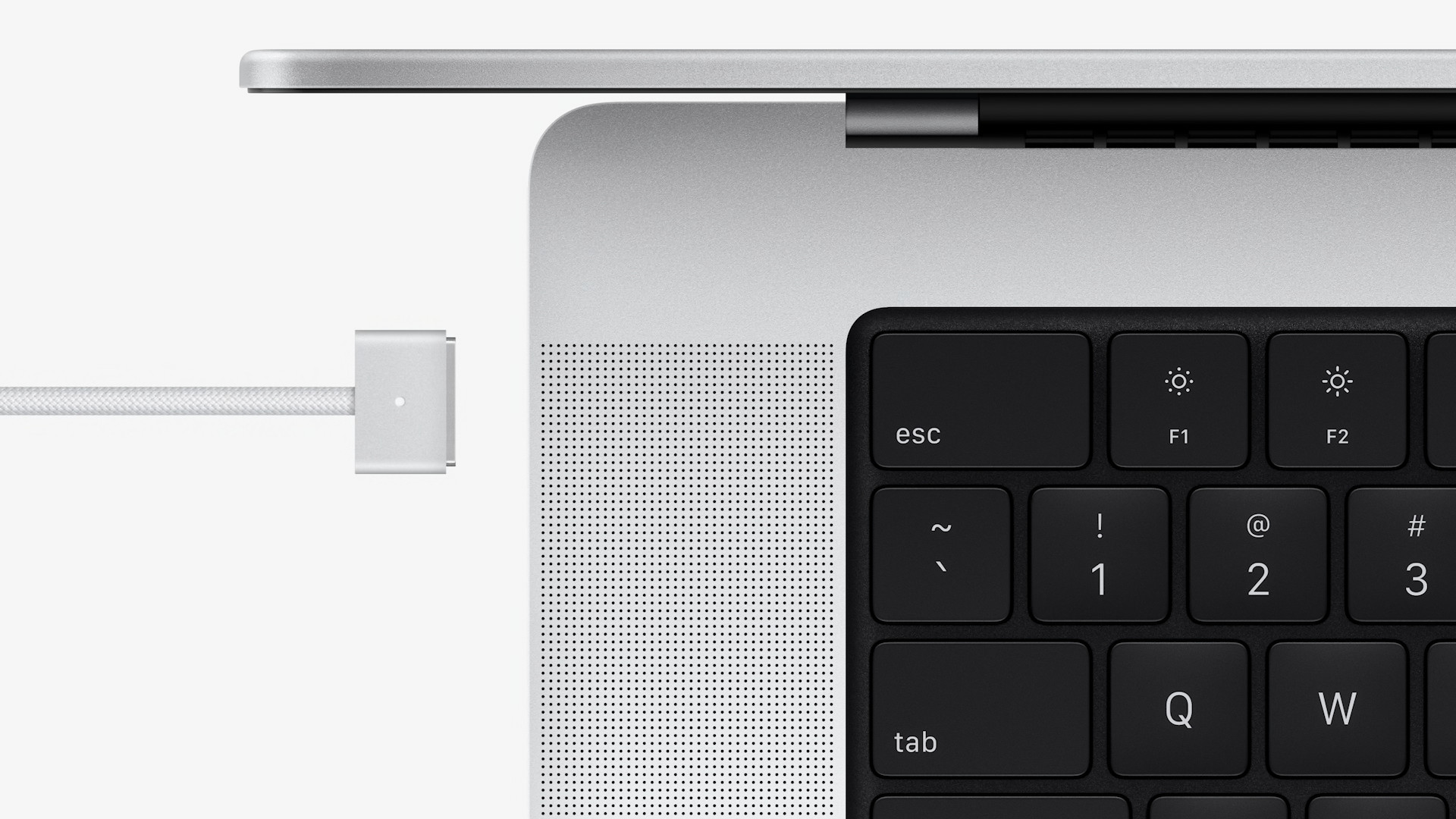
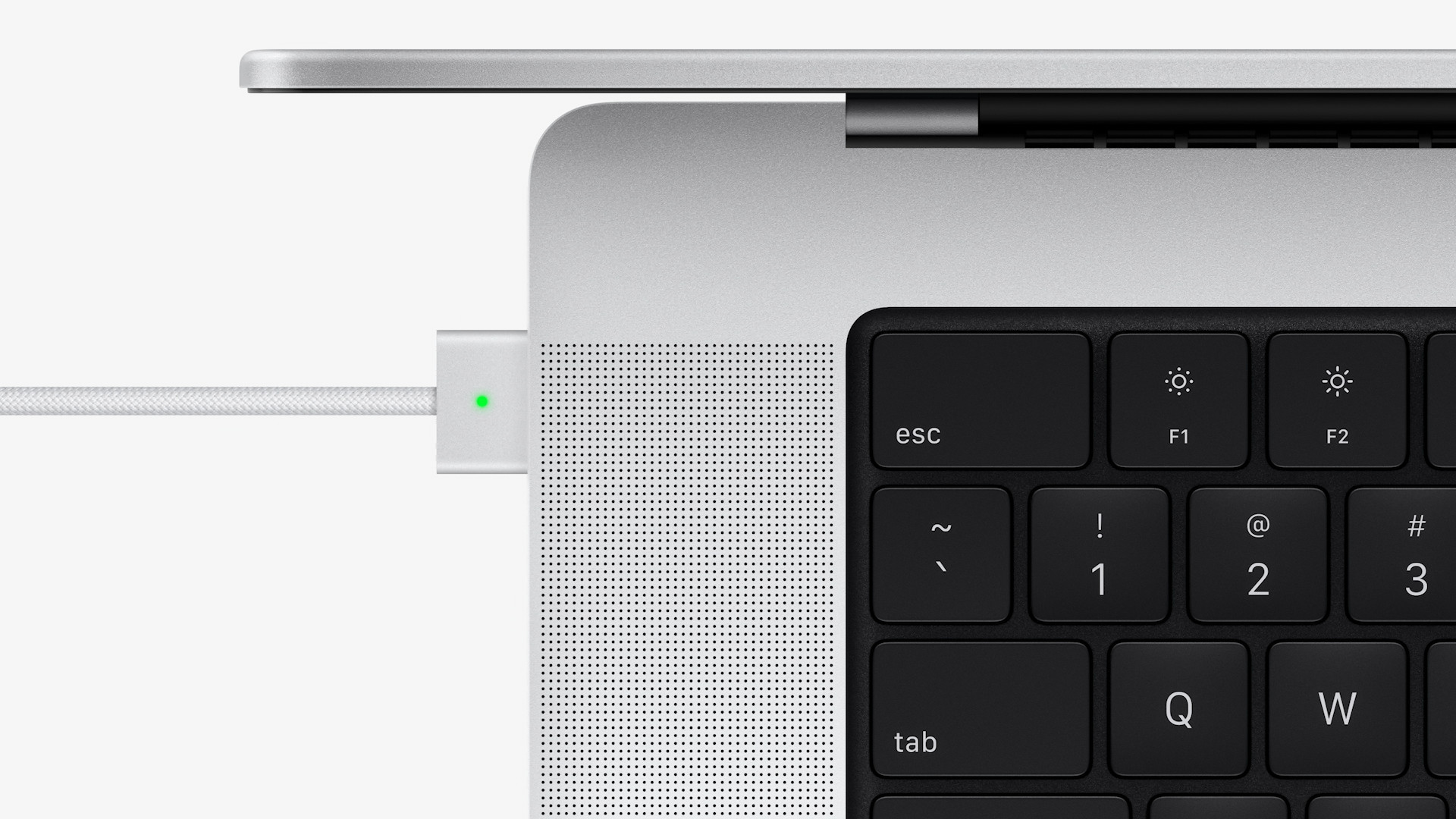
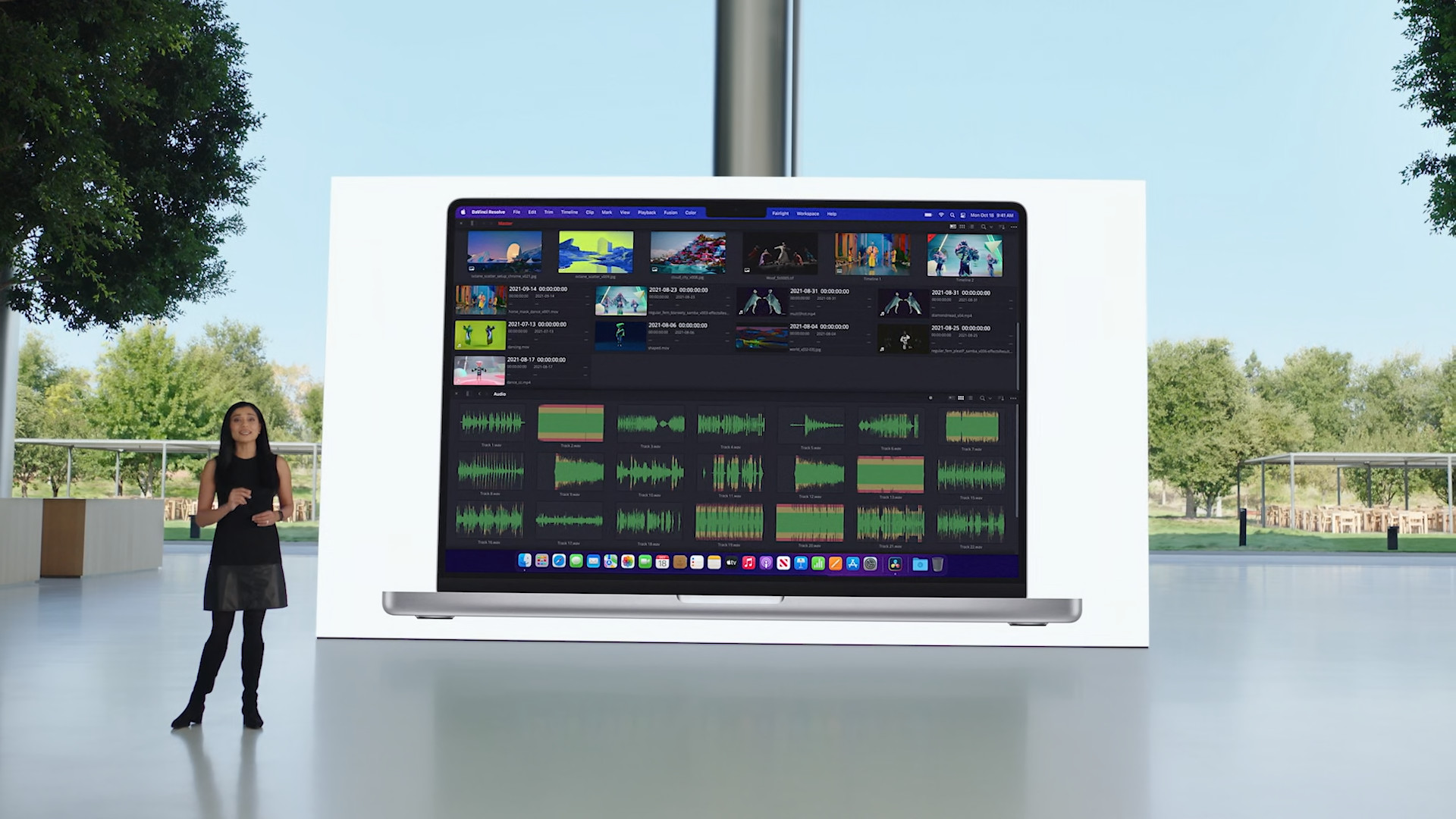
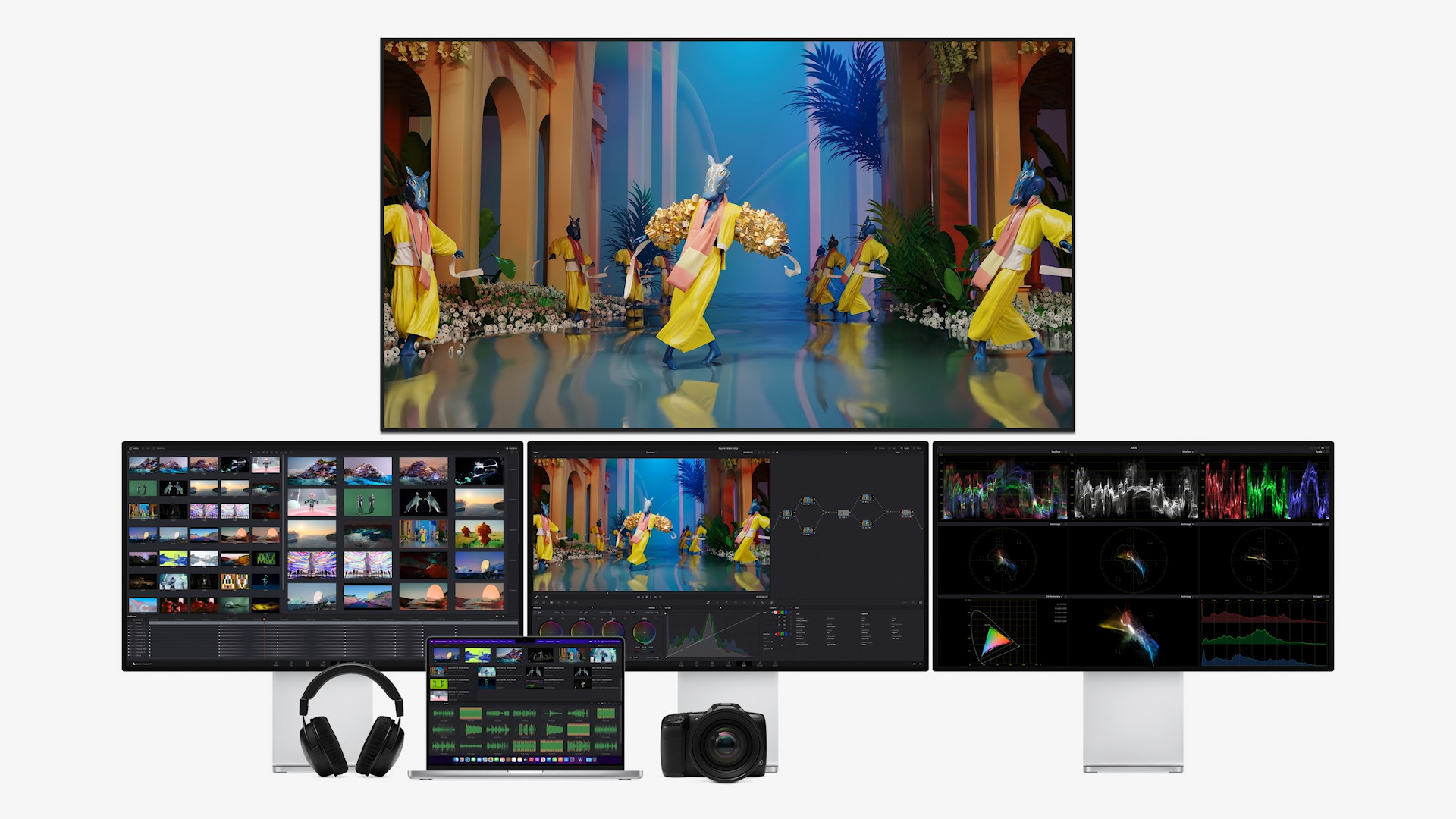

Take problem with bluetooth
I don't want to launch InDesign :(
I have a problem with the mouse!!! :/ i can't scroll gesture on magic mouse 2 since monterey download i have to sign out mouse and sign in again on MAC M1
Me too. And the keyboard doesn't go there either, they turn on the key for upper letters/numbers, I have to turn it off - turn it on
I can confirm the same issue.
I have the same problem, upper numbers don't work on Magic Keyboard and I can't use keyboard shortcuts in Adobe. Anyone have a tip where it can be hacked? than redoing the keyboard shortcuts… from CmD+1 to CmD++ Thank you.
I have the same problem with the Magic Mouse 2. I don't turn off the mouse as recommended on the forum, I just close the lid on the Macbook Air M1 (it goes to sleep). When I resume work in a short time, everything is OK. However, if I continue until, say, the next day, the mouse only works partially. You can move the cursor and click on the physical left and right buttons. But no gestures work. In the settings, I see them normally turned on, but all the things that are done without clicking simply do not work. Including scrolling. Only turning the mouse off and on will help.
Exactly the same problems with the mouse. I don't have such problems with a regular Lenovo mouse.
I have the same problem - the magic mouse goes crazy and who doesn't have the capslock on :(
Mac for 50k and I'm not really excited
My MB Pro 2019 is in service after the update. It has completely frozen, it cannot be turned on and according to the service it is a HW problem. I read somewhere that it lost to someone and fried the motherboard. That's disgusting!
The USB-C to VGA adapter does not work on Intel-based MacBooks. Back off. But I'm already working with Apple :-)
My login got messed up after the update. I had to set a completely new password via recovery and appleid. Probably a problem with the keyboard. The externals did not help either.
The same problem. This is an automatic change of the default keyboard setting when logging in. My MacBook Pro switches to British when I turn it on, the MacMini even switches to German (I've never used it), so the entered password "doesn't fit" and after a while you accidentally block your account. The whole recovery process was confusing and restarted the computer several times.
I have the same problem - Macbook pro 2019, a few days ago I woke up the pc from sleep, but the mac was totally stuck, suddenly it restarted by itself and I can't log in using the password, I think I tried entering the password in the English keyboard variant, but the recovery process and password change always help. In addition, I have about 10 mailboxes in my mail (one hosting always blocks my IP afterwards and I have to write to support to get them to unban me..), whatsapp desktop and other things and a whole lot of everything gets logged out to me everywhere and it takes some time to get it all working again , but it's more about who would want to do it? A PC for 70k and this is a tragedy.. For that money, I would imagine that I would have breakfast on the table in the morning and that I would knock myself every morning if this wheel was waiting for me again..
Nothing that is connected via usb-c works for me. Neither hub with usb-a nor hdmi. I connect, for example, a keyboard, which lights up, but the input no longer works. Same with mouse, garmin watch, external drive. Just zero.
About half of the shortcuts in the entire ADOBE portfolio do not work for me. The problem is when I use the CZ keyboard, after switching to EN they already work.
I have a problem with the Philips 346P1C monitor, it has a usb-C docking station that I use for my MacBook Air M1. previously, when I connected the sleeping mech to the monitor with a usb-c cable, it automatically switched to the monitor and the accessories connected to it. now when i plug it in the monitor is not detected as external only with no working accessories. but if I connect the monitor and restart the system, the mining station integrated in the monitor works normally, including the accessories connected to it (keyboard, mouse, LAN, external disk, website, speaker, etc.)
I have a problem updating macOS Monterey 12.1…. Message: Installation failed: You can only continue the installation as the owner!!!! What with this? Thanks… M
I have a problem with it too, did you solve it somehow?
The same with me. I reinstalled and when I updated again the same problem.
So I'm really scared when I read this far...
Imac 24 and magic mouse same problem - every 5 minutes it loses the ability to click and has to be turned off and on. It can't be done with. Complaint?
After updating to mac os monterey repeatedly problems with the login password to the computer. There is no way around it other than through the appleid and changing the login. And repeatedly it is very unpleasant
The same problem, but I found out that the Mac switches to the English keyboard, so all you have to do is change it to Czech in the upper right corner.
Constantly running fans. . . Dread and horror